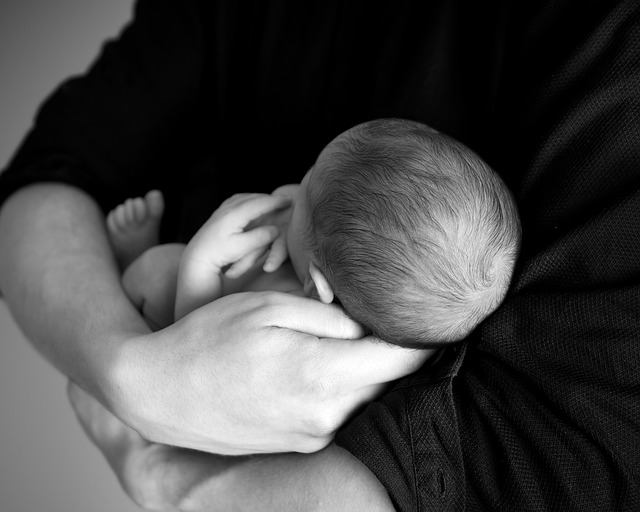This website uses cookies, including third party ones, to allow for analysis of how people use our website in order to improve your experience and our services. By continuing to use our website, you agree to the use of such cookies. Click here for more information on our and .
The role of midwives has evolved dramatically in the last 20 years. President and Vice President of the Australian College of Midwives, Professor Caroline Homer (Professor of Midwifery, University of Technology Sydney) and Dr Michelle Newton (Lecturer, La Trobe University), are able to give us key insights into how the role has changed and its effects on enrolment rate and expectations for new graduates.
How is the rate of enrolment for midwifery?
Midwifery programs; through all pathways – such as direct entry and as a postgraduate qualification, remain very popular in all states and territories. Typically, there are 3-4 applications for every available place across the country and midwifery entry scores are high.
What are the differences in new graduates in 2015 from 1995?
There have been a lot of changes in midwifery education and therefore, graduate midwives in the past 20 years. Midwifery is now recognised as a separate discipline to nursing and there are now new education programs available to become a midwife; 3 year direct entry program (Bachelor of Midwifery) and a 4 year double degree (Bachelor of Nursing and Bachelor of Midwifery).
Midwifery graduates in 2015 are:
- Educated via national education standards that uniform across the country – previously each state and territory had different standards – and national competency standards which identify woman centred care and primary health care as fundamental for midwives.
- Better equipped to work across a full scope of practices including antenatal, labour and birth, and the post-partum period.
- Able to provide midwifery continuity of care as they are exposed to such throughout their course in which they follow women throughout pregnancy, birth and post-partum.
- More aware of the broader health issues and the unique role of the midwife in primary health care.
Has the role of the midwife changed dramatically during your tenure at the Australian College of Midwives? If so, how?
There is a heightened recognition of the midwife role and how it is different to that of a nurse. Midwives have their own register now, and you do not have to first be a registered nurse in order to become a midwife. Models of care which enable midwifery continuity of care are now commonplace around the country, which was certainly not the case 10 or 20 years ago.
What kind of roles do you see the midwives undertaking in the next ten years?
Midwives will be able to provide women with increased access to midwifery continuity of care through models of care in hospital and in private models through the role of the Eligible Midwife. This will mean a higher level of autonomy for midwives, and increased opportunities for effective collaboration with obstetrics and other disciplines to provide more choice for women.
The evidence arising from RTCs conducted throughout Australia for midwifery continuity of care is now very clear in terms of clinical outcomes and maternal satisfaction. Every Australian woman deserves access to models that facilitate care by a known midwife. Increasingly, public health services are developing such models, and private providers are also entering the market. Both these developments will provide more opportunities for midwives to work in a flexible way, preferably based in the community rather than limited to hospitals.
Midwifery continuity of care can also be provided in rural and remote locations through the placement of maternity care in the community, or primary health care setting. These roles may also incorporate aspects of women’s, children’s, and sexual and reproductive health as required. Midwives may need to undergo some extra training to provide some of these additional roles.
What do you hope the upcoming Obstetric Malpractice 2015 conference will achieve?
We hope the conference will provide the opportunity for an increased understanding of the role of the midwife and a better understanding of the education, professionalism and ways of working in equal partnership with obstetricians and others.
Professor Homer and Dr Newton will be speaking at the upcoming 7th Annual Obstetric Malpractice Conference on the 22-23 June in Melbourne. The conference will see leading barristers, lawyers, medical professionals and academics unite to discuss key case studies, and the latest thinking on obstetric malpractice in government, academia, the bar and clinical practice.
